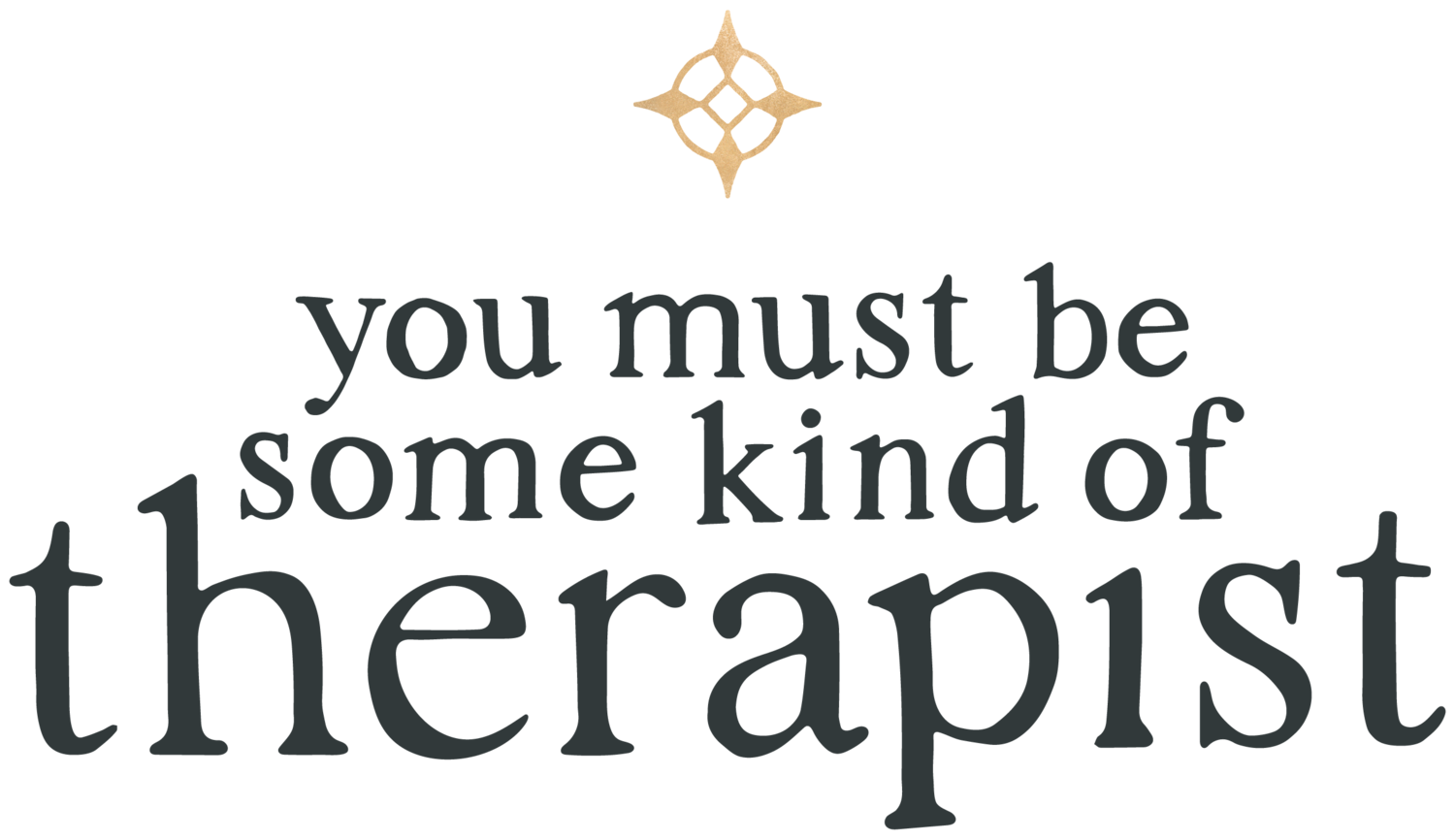Boost your Creative Morale. You Need it More than you Know.
My dear fellow neurodivergent creative geniuses,
You want to create, and there’s so much you are capable of. Yet in your heart, you know that while your ideas may be infinite, your motivation is not. And you know that every day you neglect your own dreams, you lose a bit of trust in yourself, and a bit of hope for your future.
You have much to gain from completing a project: satisfaction, income, an audience. But more than anything, what you need is an infusion of morale: to look behind you and see a trail of successes, however modest, reminding you what you are capable of, and energizing your next steps.
Don't underestimate the urgency of renewing your faith in yourself. This letter will help you get there.
Examine your endless idea list
You have an idea list. You know what I mean. Whether it lives in your head, on paper, or in an app, it’s full of books you could write, podcasts you could host, albums you could compose, quilts you could sew, gardens you could design, apps you could build.
Which of these have been calling your name for quite some time?
Which do you know you could do, right now, with the skills and resources you currently have, if you would only just begin?
Which feel most closely connected to your broader sense of what it is you’re here to do and the larger body of work you feel destined to create?
Envision done
Hopefully you have narrowed your projects down to a select handful that are most important to you at this time. Of these, are there any you can visualize being done?
Done, as in: the book has been published. The play has been performed. The painting is hanging in a gallery. The quilt is on Etsy. The interview is on YouTube, the documentary on Netflix, or the album on Spotify.
If you can’t envision a complete result, either the project is not well formulated, or you have fallen into the trap of the constant content creation mindset.
Watch for traps and distractions, such as...
The constant content creation mindset
An endless stream of emails and Instagram posts has limited your imagination such that when you think of being creative, you can’t see an end in sight. Then, you feel demoralized and lose motivation. Or, caught in that same trap, you jump from one project to another, participating in the flow of endless creativity but in a misguided and inefficient manner.
Shiny object syndrome
That habit of spinning your wheels might be further influenced by shiny object syndrome, future-orientation, a love of dreaming and a need for stimulation.
It’s more exciting to feel like you always have a problem to solve — what will I do? How will I do it? How shall I rearrange my schedule? What shall I commit to? — than to pick a single thing, and do what you already know you need to do, within the schedule and commitments you already have.
Dwelling in possibility and other illusions of false freedom
Perhaps you fear a loss of autonomy, and would rather dwell in the freedom of possibility than in the confinement of reality. But you’re only shooting yourself in the foot by framing commitment to your own dreams so negatively.
This is a primary reason why I want you to pick something that can be completed. Ironically, it’s your procrastination that’s dragging this on forever and ever.
Once you commit to starting, you’re also committing to ending. And once it’s over, you’re free to move on to the next idea. It’s silly to think that taking your own project seriously will be as confining as signing a contract with an employer for the rest of your life. In fact, the opposite is true.
Get your head on straight
By now it's clear: none of these mental habits are serving you. Pull your head above water so you can see clearly. Pick the nearest shore and swim toward it.
I get that an artist’s work is never done, but you’ve got to set some boundaries to reframe that in a way that doesn’t leave you in an unproductive fog. Catch yourself in those traps and correct your thinking.
Formulate your nebulous project better, or pick a more straightforward concept, until you can imagine an end result you can complete in three months. If your project is too big for that, pick a leg of the journey instead, such as completing one chapter of a book or one song of an album.
Set a three month goal and work with the seasons
Why three months?
ADHD researcher Dr. Russel Barkley states that 12 weeks is about the average amount of time an adult with normal executive functioning plans into the future. Those of us with time myopia have to train ourselves to think that way.
A goal three months out is close enough to see it on the horizon and feel its gravity pulling us toward it, yet far enough that we sense adequate spaciousness to do the work that will get us there.
Three months is also about the timeframe we grew accustomed to when working within the semester system, from middle school all the way through higher education.
For those of us lunar beings with menstrual cycles, and for anyone affected by the moon (read: all of us), three months equals three cycles. Within each lunar or menstrual cycle, you have phases of, as the Hindus put it, creation, maintenance, and destruction; or you can think of it as growth followed by pruning, expression followed by refinement, or expansion followed by contraction. Going through these phases three times per project will round out the project with equal influence from each force, in the beginning, middle, and end stages.
The value of working with the seasons
Three months is the length of a season. One could choose a project each for fall, winter, spring, and summer. There’s a lovely, natural auspiciousness to that.
We can use seasonality to guide our choices. What kind of work would best suit the mood of each season? What do we know about our own seasonal rhythms? For instance, how much and what kind of energy can we expect to have during a given time of year? If we plan for the winter while it's still summer, we will need to stretch out of our current state of mind to consider how we are likely to feel, think, and operate during the winter.
Looking at the seasons ahead can help us time the release dates of our creations, taking into consideration what our audience or customers will likely be thinking about and seeking out at that time.
For instance, winter release dates are good matches for projects that match the melancholic introspection of the darker months. On the flip side, winter is an equally good time to embrace themes of renewal and self-improvement as people set goals for the new year. Winter also offers a range of holiday themes to work with: Christmas, Hanukah, Kwanzaa, New Years, Valentine's Day, Saint Patrick's Day, Shivaratri (Hindu), Solstice and Imbolc (Pagan), Chinese New Year, 15 Shevat and Purim (Jewish).
In spring we celebrate the equinox, Easter, Ramadan, Holi, Earth Day, Passover, Shavuot, and Mother's Day. People have more energy and a renewed interest in nature. They want to get outside, plan their gardens, and get fit for the summer.
We kick off summer by celebrating "dads and grads," followed by the Fourth of July. People feel more adventurous, outgoing, and noncommittal. They may not want to sit inside taking your e-course, but they will gladly purchase your handmade ceramics at a street fair, dance to your music at a festival, or hire your catering service for their wedding. As summer heads into fall, we prepare for "back to school" and the harvest season. Even adults without children feel the days getting shorter, the workload increasing, and the pressure to organize their priorities. With the waning sunlight comes the return to indoor lives as well as the onset of seasonal sickness. In summer, health-minded people exercised outdoors and ate simple, fresh foods; now, they want acupuncture, saunas, herbal teas and soup recipes. What they seek for themselves now is nourishing and practical. They might be celebrating Rosh Hashanah and Yom Kippur; Halloween, Samhain or the Day of the Dead; the fall equinox; Thanksgiving, or Indigenous Peoples Day. They might be shopping for costumes, treats, decorations, feasts, and holiday gifts.
These seasonal themes can thus guide and inform our work. Heightening our awareness of seasons builds our awareness of time, finitude, and change, making it easier to see an end in sight and work toward that goal.
Plan and execute
Alright, so you have a project — or a medium-sized chunk of a larger project — and a time scale. Now you’re ready to break that project down into steps, map, and plan.
I won't get into the details of how to plan your project, because there are so many other resources for that. If you can't figure it out yourself, I'm sure a trusted peer or mentor can help you out. But here's some general advice:
Scale appropriately. Don’t be too ambitious. Setting yourself up for failure will only erode your morale further. Instead, go for small wins.
Leave yourself breathing room, and time for unexpected interruptions. Incorporate what you know about yourself, your rhythms and energy levels, your other priorities and obligations.
Feel free to work on things out of order if that’s what keeps your juices flowing, as long as you have structures in place that will ensure you do the tedious parts at some point or another.
No matter what, visualize how you will feel three months out when this work has been completed, and move toward that. If midway through you find that you have dramatically overreached, adjust your plans so that you are aiming to complete a smaller segment of the project by the same deadline.
Prioritize project completion over "content creation"
It's tempting to feel that you must constantly be creating content for your social media, mailing list, or other forms of online presence. But if you don't allow that content to be just a byproduct of your dedication to your chosen work, then you are the product: social media is using your creative energy to keep people's eyes glued to the screen for their own profit, of which you receive a mere pittance if anything at all.
I get it, you need to build an audience. But here's a better way of doing that.
Devote each creative session to building a body of work that can stand on its own. From that, you can draw a bit of material to release on your social media outlets.
If you drafted a chapter of your book, take a paragraph or two and post it on your blog. If you interviewed someone brilliant for an hour, and it will take another ten to edit the entire video, for now just post a minute of the interview on your TikTok or YouTube, then get back to the larger project.
But don’t spin your wheels trying to come up with this material independently, for little payoff, at the expense of your dreams. Social media content will never be done, so don’t make yourself feel like Atlas, eternally pushing a boulder up a hill.
Begin now
I wrote this for myself, for the person I adore, and for my clients.
We've got work to do. The world needs it. Our future selves will thank us.


